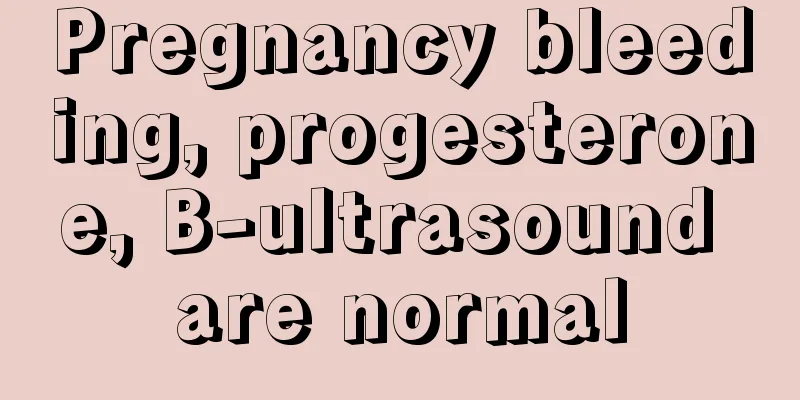No menstruation after curettage for 4 months

|
Curettage is a surgical procedure that involves scraping the uterine wall or the contents of the uterine cavity. Minimally invasive surgery is commonly performed in obstetrics and gynecology and is one of the methods of abortion. It is divided into two categories: diagnostic curettage (commonly known as curettage) and therapeutic curettage. Possess certain risk factors and complications. Blood pressure curettage is divided into general curettage and segmental curettage. General curettage is suitable for endocrine abnormalities, such as understanding the changes in the uterine wall and its response to estrogen, whether there is ovulation, and whether there is tuberculosis. Segmental curettage refers to the operation of first scraping the cervical canal and then the uterine cavity. The scrapings are sent for pathological examination separately. It is suitable for diagnosing cervical cancer, endometrial cancer and other uterine malignant tumors, and can determine the scope of cancer. Blood therapeutic curettage can be divided into suction curettage and forceps curettage. Suction curettage is the use of air pressure plastic straw to suck out the contents of the uterine cavity, and forceps curettage is the use of oval forceps to remove the contents of the uterine cavity, followed by another curettage. The scope of application of therapeutic curettage includes: those who require termination of pregnancy in the early stage of pregnancy, suction curettage within 3 months of pregnancy, forceps curettage to remove residual materials in the uterine cavity after 3 months of pregnancy and after induced abortion; those who need to completely drain the uterine cavity for incomplete abortion, inevitable abortion, missed abortion, retained placenta, hydatidiform mole, etc. Contraindications include acute genital and pelvic inflammation, trichomoniasis and candidal vaginitis, and patients with severe medical diseases who cannot undergo surgery. FAQ: Grasp the scope of application and choose appropriate time and procedure for different diseases. The doctor must be skilled in technology to prevent various unpredictable complications, such as uterine perforation, internal bleeding, incomplete curettage, postoperative uterine adhesions, infection, etc. Because the uterine wall is injured after curettage, vaginal bleeding will occur within two weeks after the operation. Generally, the blood volume is lower than or similar to the menstrual volume, which is normal. If the blood has not stopped for more than two weeks or the blood volume during the period exceeds the menstrual volume, please go to the hospital for medical treatment immediately. |
<<: When is the most accurate pregnancy dream?
>>: Stomach pain after 5 days of curettage
Recommend
Can I go hiking when I am menstruating?
Women have their period every month, and some fem...
Endometrial thickening and continuous menstruation
Endometrial thickening can cause great harm to wo...
How to treat cervical intraepithelial neoplasia grade II
Different diseases will be divided into different...
What is the cause of white discharge from the nipples of pregnant women?
As the pregnancy progresses, pregnant women will ...
What are the benefits of running in the morning for women?
As people's health awareness increases, more ...
Winter is coming, beware of this silent killer - carbon monoxide poisoning
With the arrival of cold winter, the chance of ca...
How to enlarge breasts for women
For many female friends, small breasts may be a m...
How to treat breast hyperplasia during pregnancy?
Breast hyperplasia during pregnancy is a big prob...
What to do if you feel depressed after giving birth to your second child
In fact, for women, pregnancy is an extremely dif...
Is it a big deal if you don't do Down syndrome screening?
Is there any impact if you don't do Down synd...
My belly is swollen during my period
What is the reason for a swollen lower abdomen du...
Six keywords about elegance that women should know
For me, transforming ordinary women into elegant ...
What to eat for women with back pain
Back pain is very common among women. Many factor...
Treatment for severe insomnia in women
In fact, there are many people around us who have...
What are the benefits of eating chicken breast for fitness? When is the best time to eat chicken breast for fitness?
Among meat foods, chicken breast has a higher pro...









